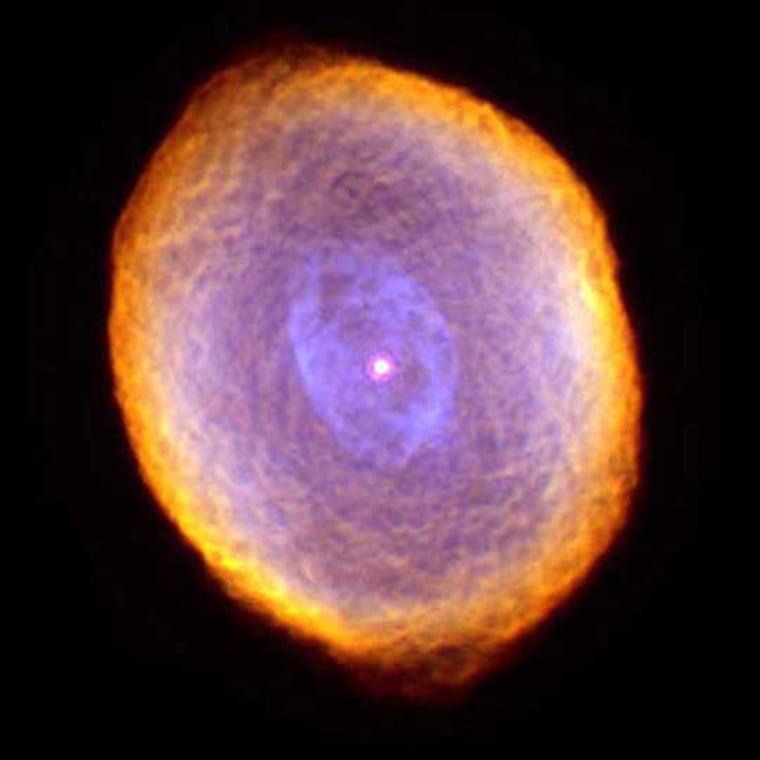A search for gravitational waves stemming from the creation of the universe commences this week with an array of new detectors sensitive enough to measure signals as faint as a billionth of a volt.
The experiment, called QUIET, is the latest attempt to find theoretical ripples in the expanse of space caused by the big bang explosion some 14 billion years ago.
Albert Einstein predicted the existence of gravity waves which would have alternatively compressed and expanded space in one direction and then another, disrupting space and time. The effect is similar to what happens when a rock falls into a smooth body of water.
The goal of QUIET (Q/U Imaging ExperimenT; the Q and U stand for radiation parameters called Stokes parameters) is to search the remnant radiation from the big bang explosion — the so-called cosmic microwave background radiation that permeates space — for this imprint.
"Our experiment uses amplifiers, and we can measure the polarization of the CMB in both directions in a single pixel in the sky," University of Chicago physicist-turned-cosmologist Bruce Winstein told Discovery News. "We're looking for particular patterns of the polarizations on the sky."
The research has implications for understanding how the universe came into existence.
"The theorists, even without data, are very good at inventing things. Probably what we'll do is throw out a bunch of what they've invented," Winstein said.
The leading theory of the universe's birth is known as the inflation theory, which postulates that the universe ballooned rapidly in a fraction of a second after its birth. If the energy was high enough, the background remnant radiation should bear signs of this event.
"It's an extreme challenge to try to see this," Winstein said. "It's a very very faint signal. Whether or not we will see it, I don't know. The only thing we can do is build an instrument sensitive enough to see it."
Whether QUIET finds the waves or not, scientists still believe they exist.
"I believe all conceivable models of relatively give you gravitational radiation," said Robin Stebbins, the project scientist for a proposed NASA gravity wave detector called LISA.
"If they didn't exist than that would say that Einstein was horribly wrong, as are a lot of other people, and we really have no idea why. So while we have not directly observed them, it would be a crushing body-blow if they didn't exist. It would say that our fundamental understanding of gravity is way-wrong," Stebbins said in an interview.
A QUIET prototype has been operating since October in Chile's Atacama Desert. The upgraded equipment, which is due to be turned on this week, includes 91 highly sensitive detectors. The detectors are chilled to minus 423 degrees Fahrenheit — close to absolute zero — to minimize electronic noise.
Another type of gravitational wave detector is being built at the National Science Foundation's South Pole Station.
Partners in the QUIET project include the University of Chicago, Max Planck Institute for Radio Astronomy, California Institute of Technology, Columbia University, Japan's High Energy Accelerator Research Organization, Stanford University, University of Manchester, University of Miami, University of Oslo, University of Oxford, Princeton University and NASA.
